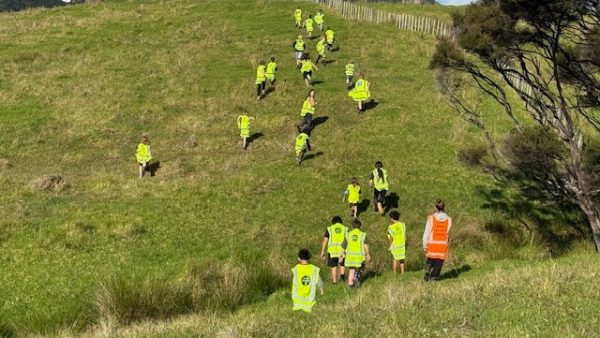Our Gardening Guides Grow From You.
We’re already prepping our Spring Gardening Guide. Got advice, ideas, or photos to share? Email editor@aoteagbi.news and help shape the next issue.
As winter settles in across Aotea, the growing may slow — but gardening doesn’t stop. This is the season for prep work, steady progress, and taking full advantage of the island’s subtropical climate, which allows more winter growth than most of the country. Whether you’re on the flat, waterlogged paddocks of Medlands, Kaitoke or Okiwi, the slightly higher ground of Okupu and Fitzroy, or tucked up in the breezier hills above Tryphena, winter offers plenty of opportunity to plant, prune, and plan.
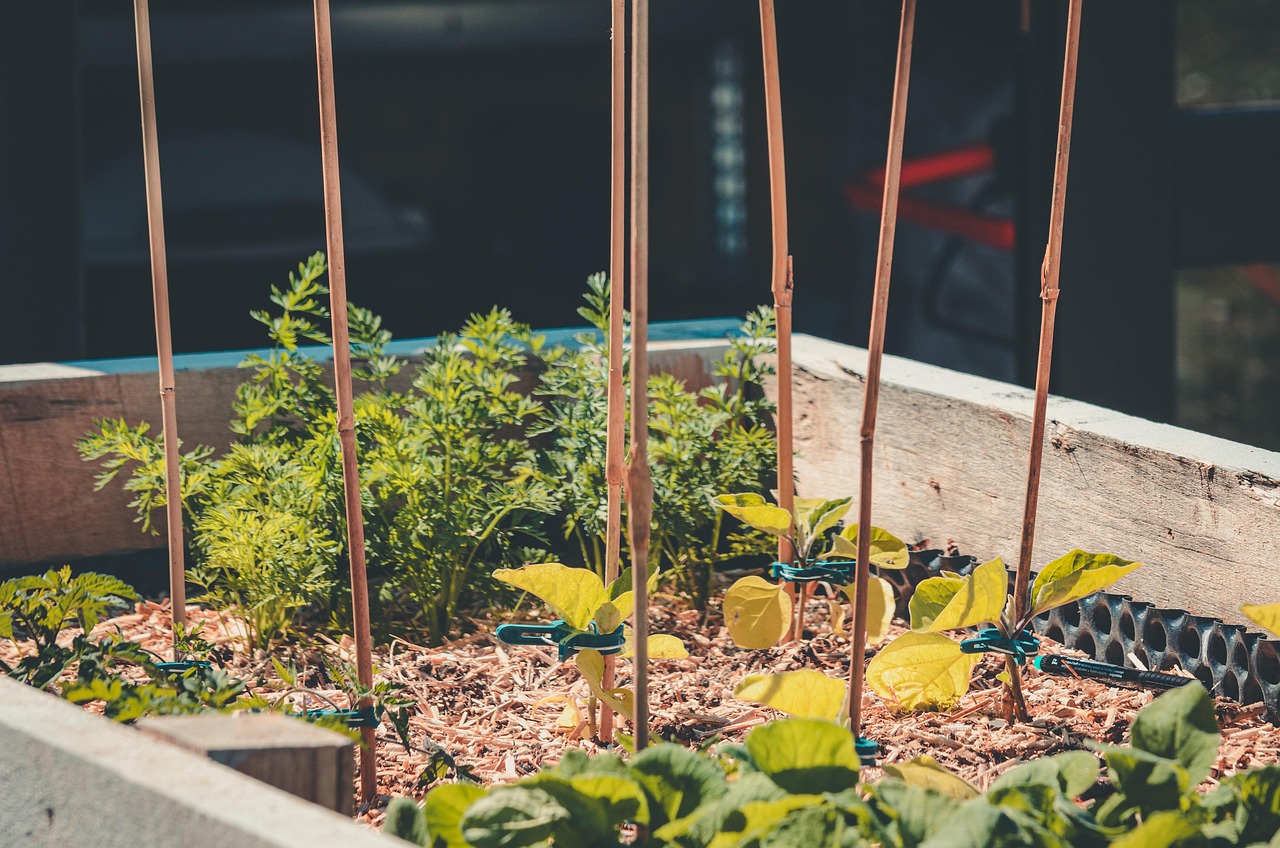
Raised beds are still pretty much essential across the island — they offer warmth, drainage, and protection from ground-dwelling pests. Most Barrier soil is poor and thin, so locals do what they’ve always done: build it up. Seaweed, compost, mulch — whatever you’ve got, use it. Because what you put in now will shape what comes out come spring.
Vegetables for the Cold Season
Leafy greens remain the backbone of the winter garden. Spinach continues to thrive in cool weather, especially when started in a greenhouse or under cover. Kale (if that’s your thing) sweetens after a frost and holds up well to strong winds — a good match for exposed coastal gardens. Silverbeet remains the most reliable of all, pumping out stalks for months if you keep picking it.
Root crops like carrots do best in sandy, well-drained soils — good news for those in elevated spots, less so for the boggy paddocks of Kaitoke and Awana unless you build up with deep beds. Beetroot is more forgiving and keeps ticking along with a good layer of mulch. Radishes and turnips grow quickly in Aotea’s mild winters and make excellent gap fillers between slower crops.
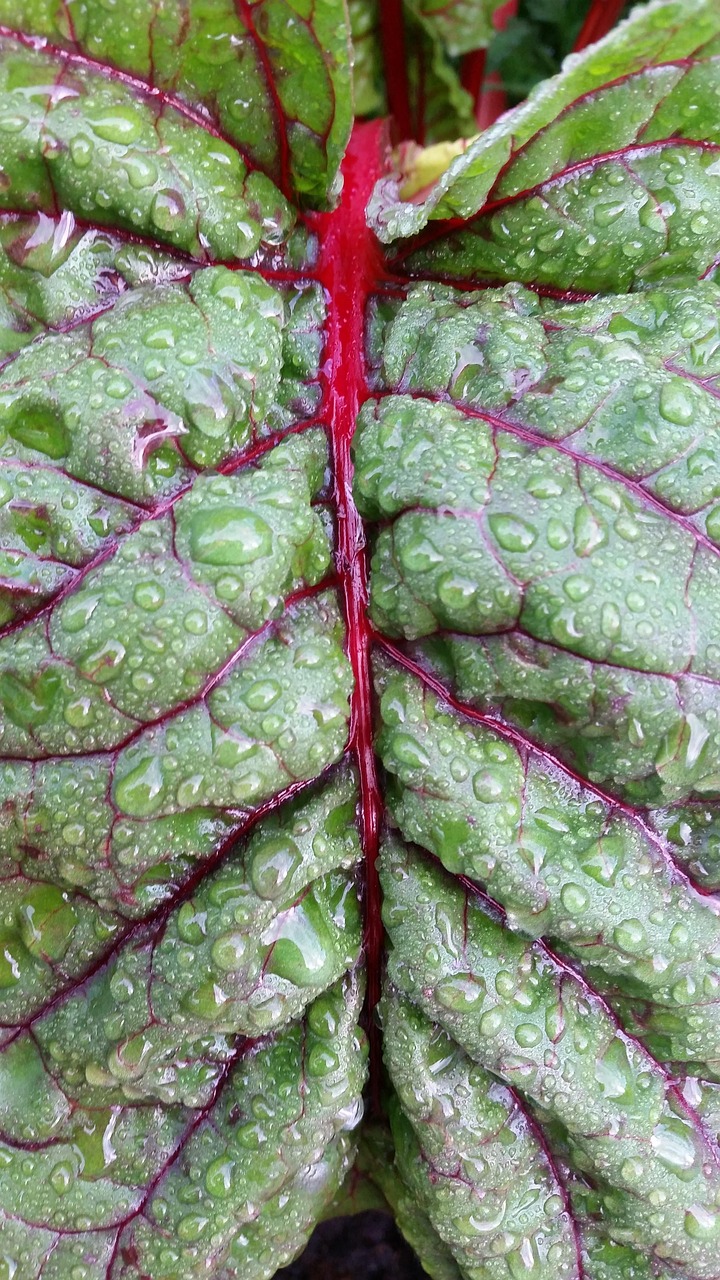
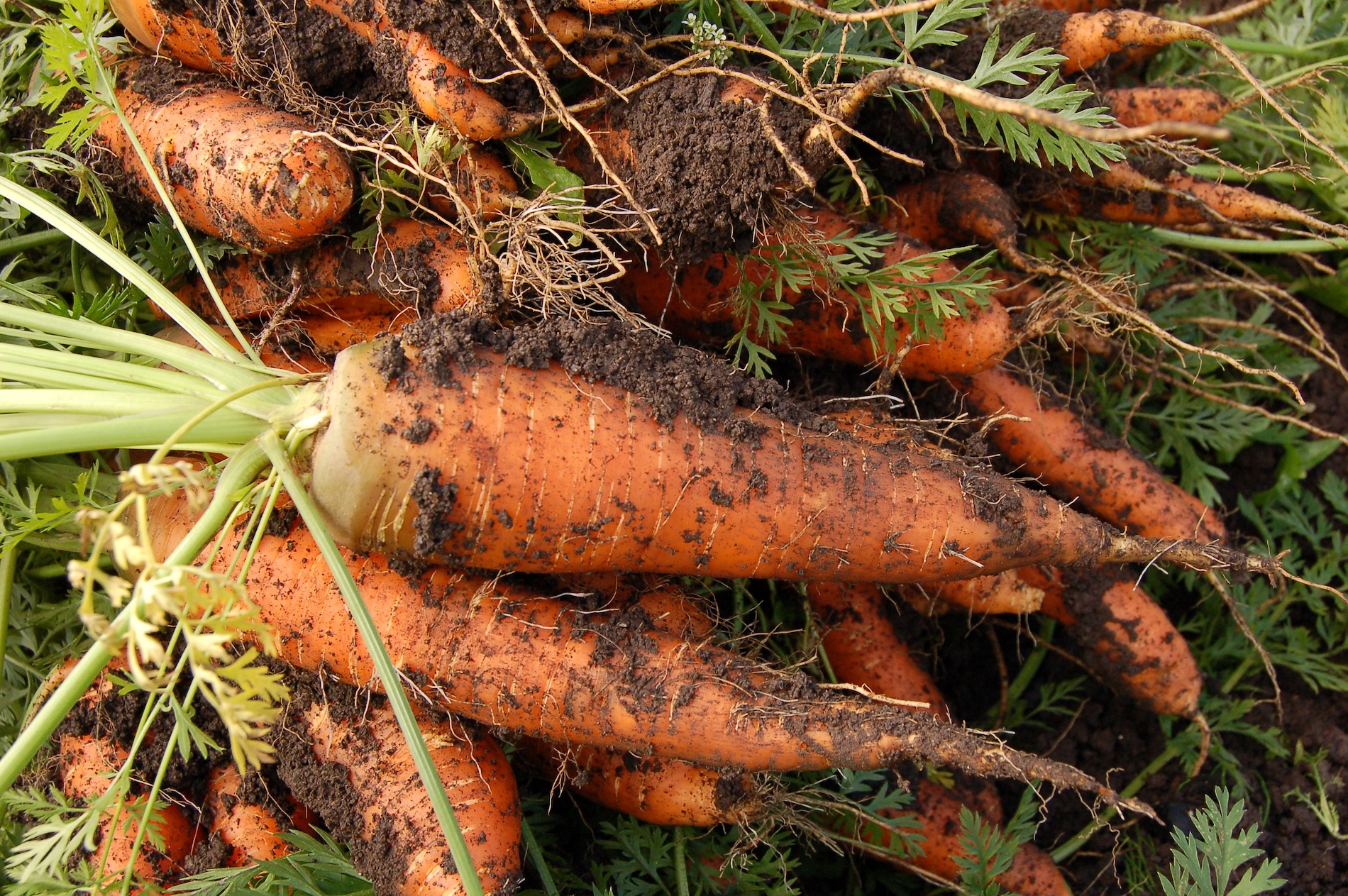
Among the brassicas, broccoli planted now will sit tight through winter and burst into life as temperatures rise. Cabbages — particularly compact types — handle the cold well, while cauliflower needs a bit more attention. On wind-prone sites (basically anywhere), consider frost cloth or screening. Brussels sprouts are a slow burner, but Aotea’s winter climate suits them fine if you have the patience.
Broad beans are one of the few legumes that truly thrive over winter. They handle wind, cold, and damp — and improve your soil while they’re at it. If you’ve got a sunny spot out of the wind (easier said than done on the east coast), snow peas and snap peas may still do well, especially with a trellis and a bit of shelter.
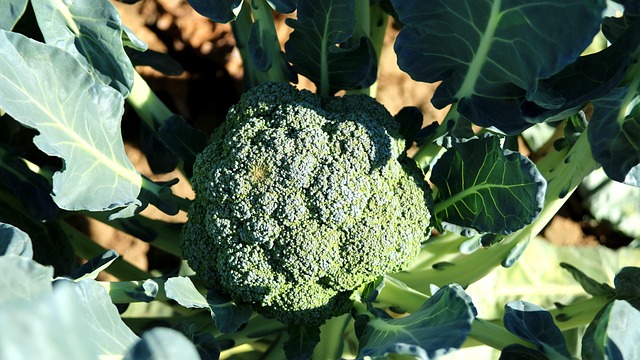
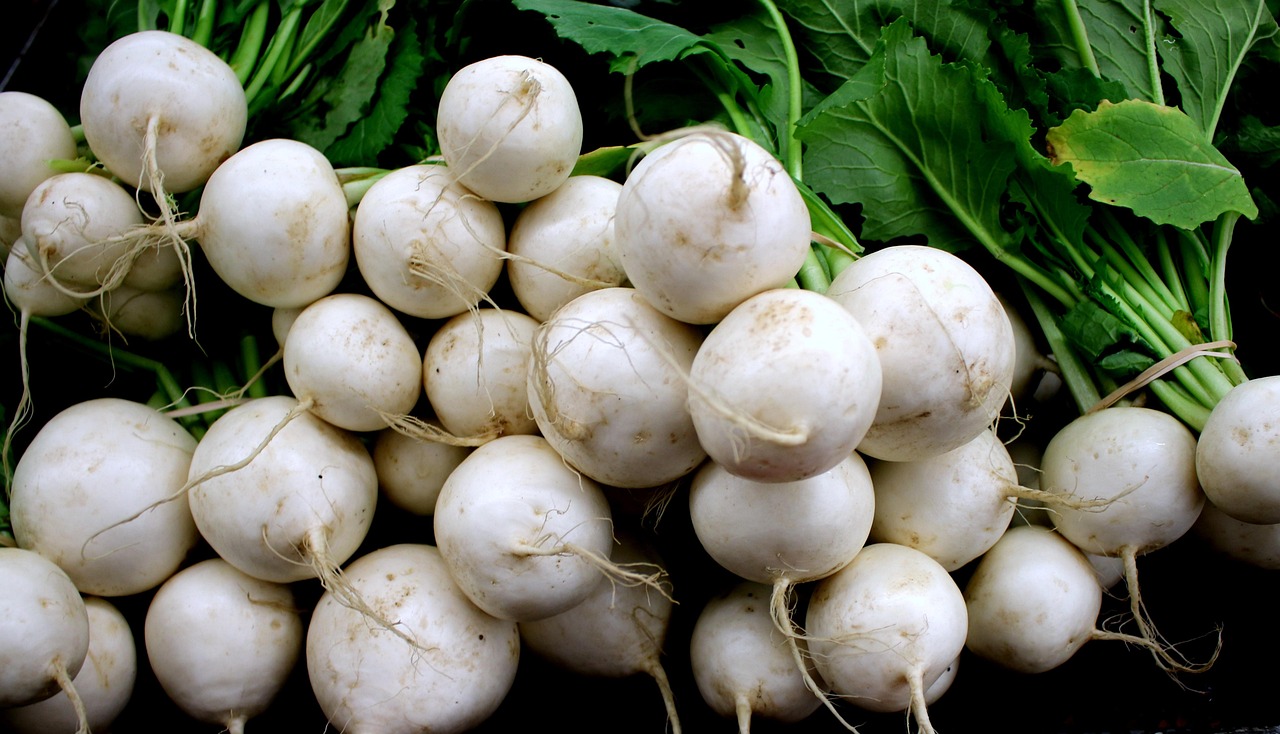
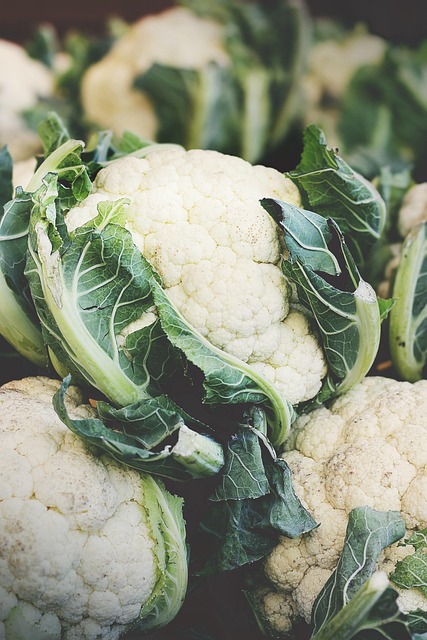
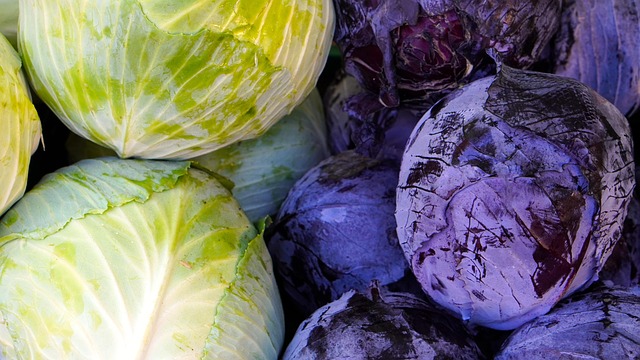
As for herbs, parsley won’t flinch in winter and will keep chugging along. Cilantro (coriander) prefers cool conditions and grows well until the first real warmth hits. Hardier herbs like thyme, sage and chives can be cut back now and either dried or left to rest until spring.
Fruit Tree Focus: Winter Is Prime Time
Winter is the ideal time to plant new fruit trees and prune old ones. Dormancy means less transplant shock and better root establishment before the growing season kicks off. Apples, pears, plums and nectarines all go in now — just make sure you’ve prepared the ground properly. That means loosening it up, adding compost, and planting high enough to avoid root rot.
Drainage is key. If you’re on the east coast — Medlands, Awana, Kaitoke, Okiwi — you’re likely dealing with flat, heavy, waterlogged land that catches the full brunt of sea spray. Raised mounds or berms are a must. West coast settlements like Tryphena and Okupu drain a little better in parts, but low-lying areas can still get boggy. The higher you go — closer to the central ridge — the more drainage improves, though you’ll trade that for stronger winds.
Shelter is essential for young trees. Use the lee side of buildings, fences, or hedging to block wind and salt. Prune existing trees now to open up the canopy, cut out dead wood, and shape the structure. Clean your tools between each tree to avoid spreading fungal spores.
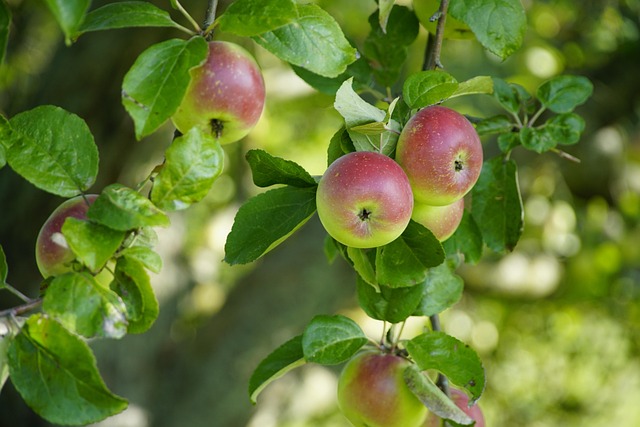
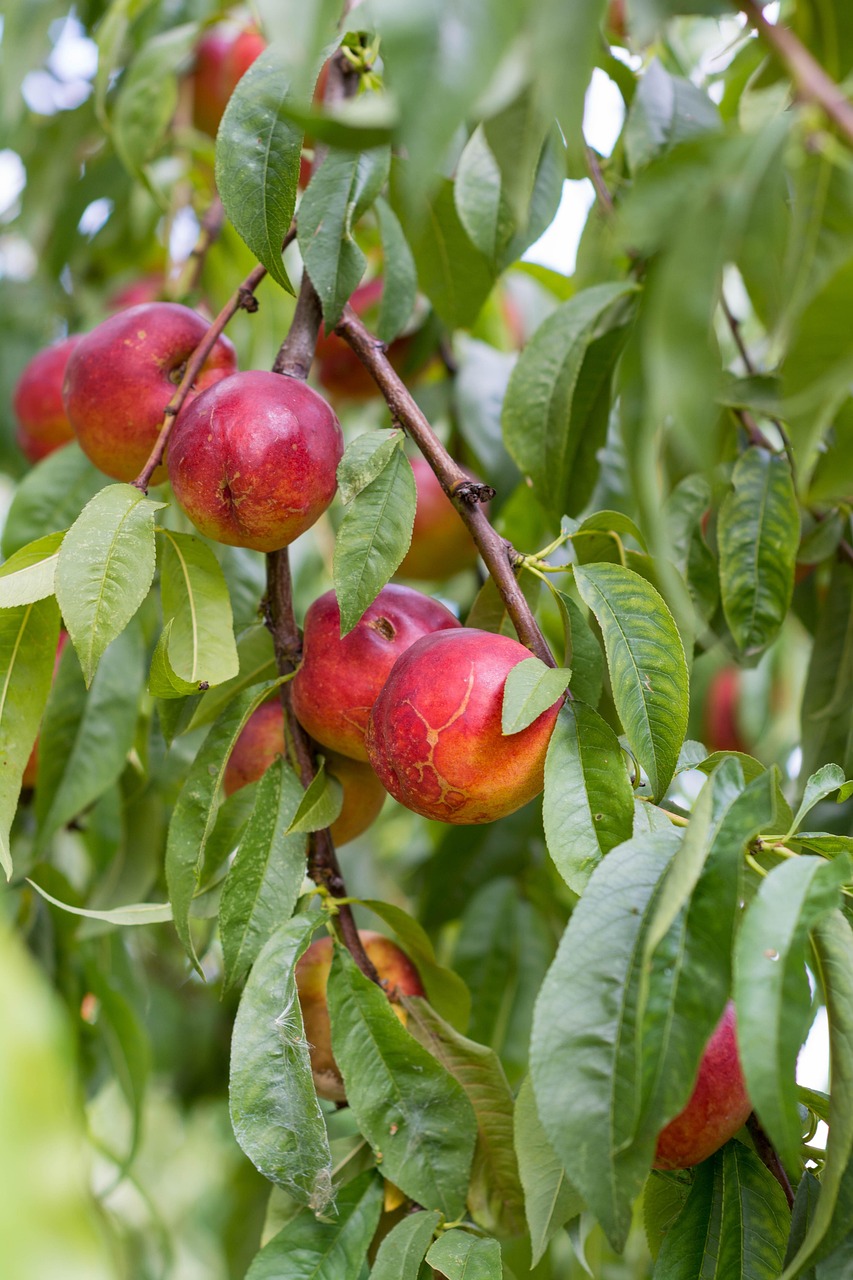
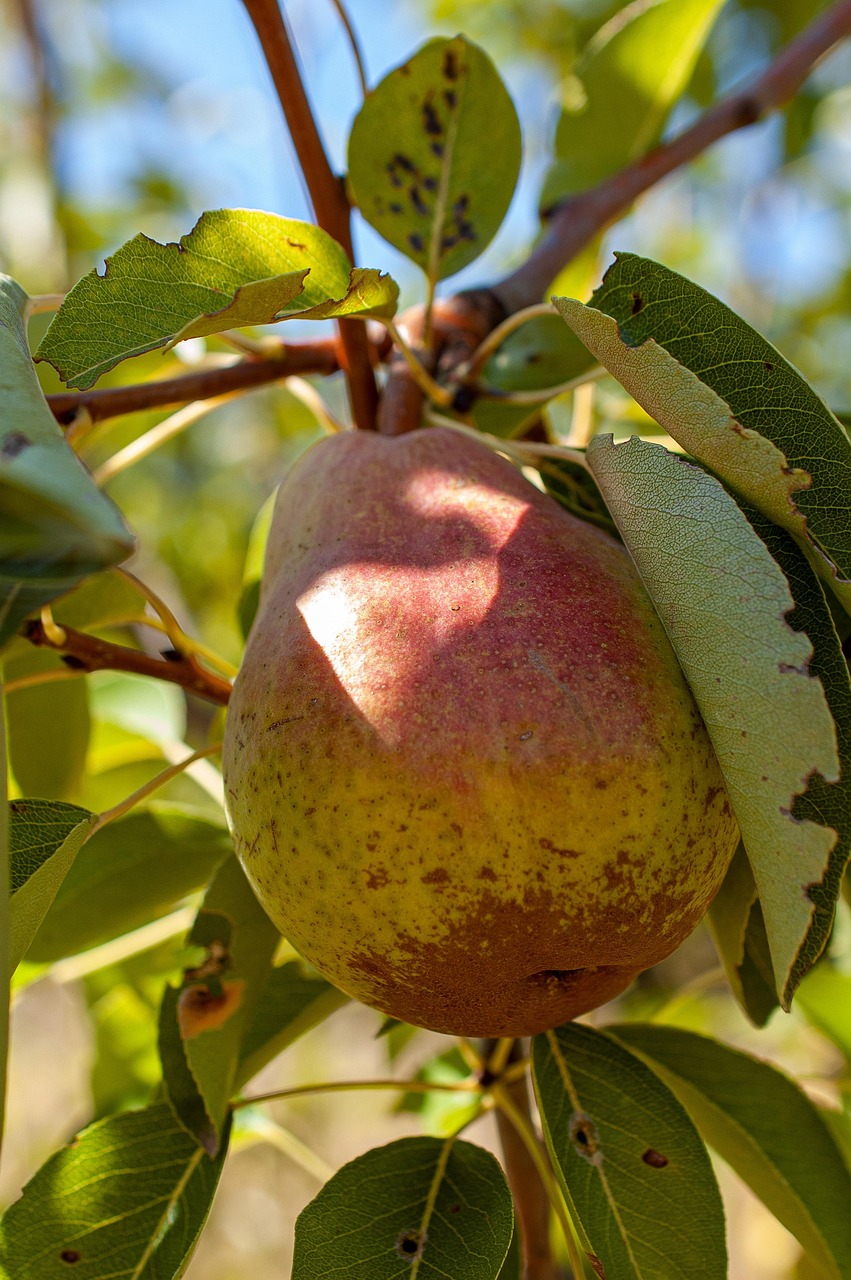
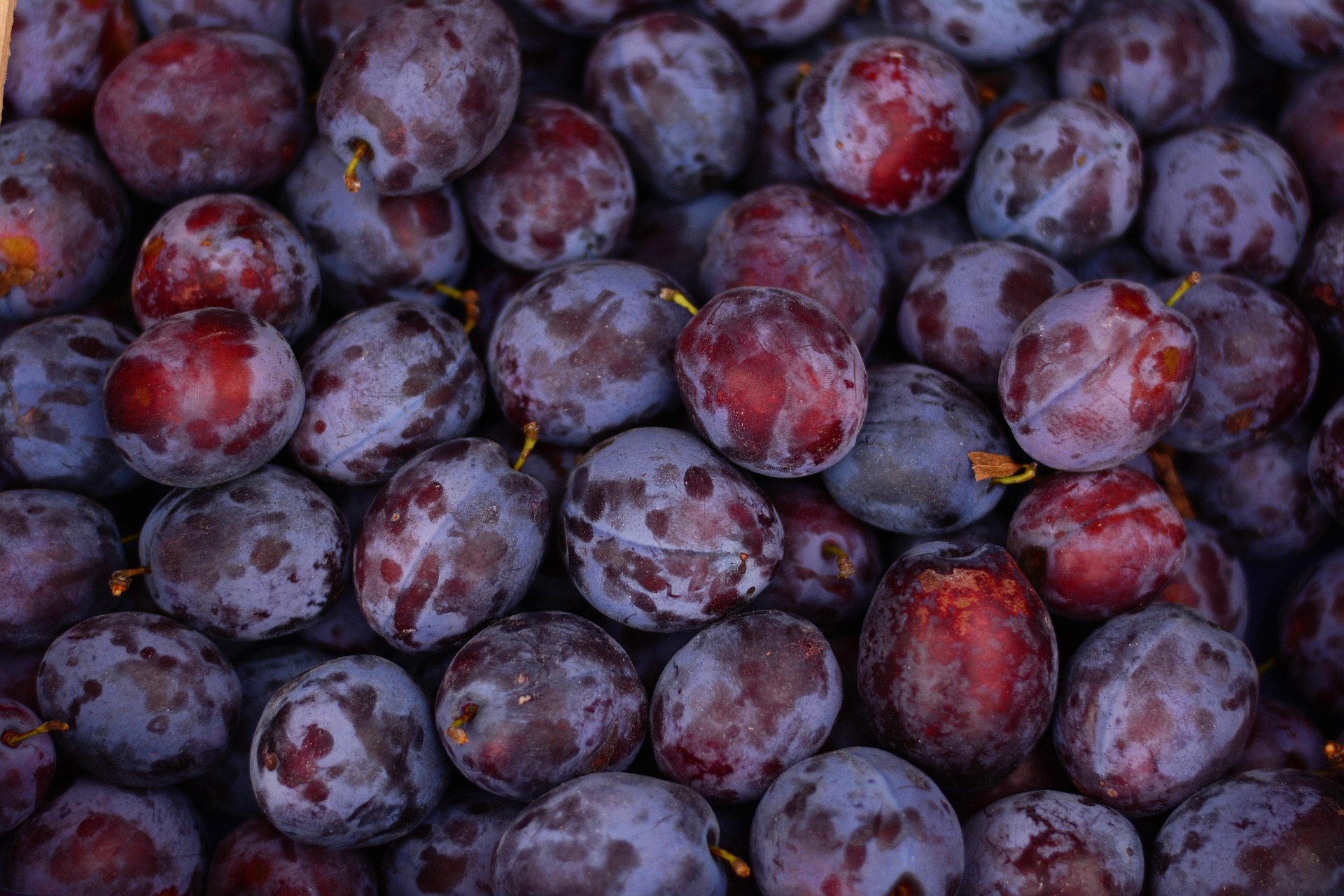
Mulch deeply using seaweed, bark, or whatever organic matter you can get your hands on — just keep it back from the trunk. This helps keep roots warm and suppresses weeds. Citrus trees aren’t usually planted in winter, but if you’ve got established ones, wrap them up or give them a windbreak. Feijoas, guavas and even bananas can survive in warmer, sheltered microclimates — around Tryphena and parts of Okiwi you’ll find a few that do surprisingly well.
Managing Aotea’s Climate Zones
Aotea isn’t one climate — it’s a patchwork. The east coast (Medlands, Awana, Kaitoke, Okiwi) is flat and open with high sunshine hours but poor drainage and a lot of salt spray. Raised beds are essential here, not just to lift plants out of the wet but to buffer against nutrient loss and salinity. You’ll need wind-tolerant crops and mulch — lots of it. Silverbeet, kale, parsley, and broad beans are good east coast staples.
The west (Tryphena, Okupu, Fitzroy) is often just as wet, especially in the flats, but has lower sun exposure and slightly better elevation. The soil isn’t great, but the temperatures are stable and less prone to salt. In lowland areas, brassicas do well, as do leafy greens. Fruit trees need extra care — you’ll want to lift them or stick to varieties that can handle heavy soils.
Higher elevation sections of the island — the hills that rise between the two coasts — offer better drainage, but come with constant wind and cooler night temperatures. If you’re gardening up high, anchor everything and choose hardy, slow-growing crops. Fruit trees can perform well here with the right setup, especially if you can give them a windbreak.
Did We Miss Something?
Got your own tricks for growing in Aotea’s wild winter conditions? Found a microclimate that defies the odds? Discovered a veg that thrives in soggy soil or salty wind? We want to hear from you.
Email us at editor@aoteagbi.news or leave a comment with your winter gardening tips, wins, or warnings.
Wherever you are, one thing is consistent: wind. It tears through from both coasts and will flatten your progress if you don’t factor it in. Temporary shelter cloth, native hedging, and clever siting are all part of gardening here.
Pest & Wildlife Protection
Birds, rats, pigs and slugs don’t care what season it is. Brassicas get shredded by birds if left uncovered — netting is non-negotiable. Raised beds help against slugs, but you may still need beer traps or crushed shell borders. If you’ve got pigs or rabbits nearby, fencing is essential — but even then, expect to lose the odd crop.
Clean up windfall fruit and dead leaves to reduce disease and pests overwintering in the soil.
Winter Harvest & Preservation
Keep picking leafy greens regularly to keep them producing. Carrots and beetroot can be left in the ground and dug as needed — the cold only improves their flavour.
Now’s the time to start preserving anything you’ve still got. Spinach, kale, and silverbeet can be blanched and frozen. Carrots and beetroot bottle well. Hardy herbs like parsley and thyme can be air-dried and jarred.
Planning for What’s Next
Winter’s also the best time to step back and take stock. Clean your tools. Sharpen your blades. Rebuild your raised beds or plan new ones. And if it’s just too grim to go outside, spend time sketching your layout and ordering seeds. Watch your site — where does the water pool? Where does the sun fall in winter? What’s exposed? What’s sheltered? Knowing that now will make spring planting a lot easier.
Our Gardening Guides Grow From You
We’re already prepping our Spring Gardening Guide, which will appear here and in the spring edition of Barrier Times. Got advice, ideas, or photos to share? Email editor@aoteagbi.news and help shape the next issue.







